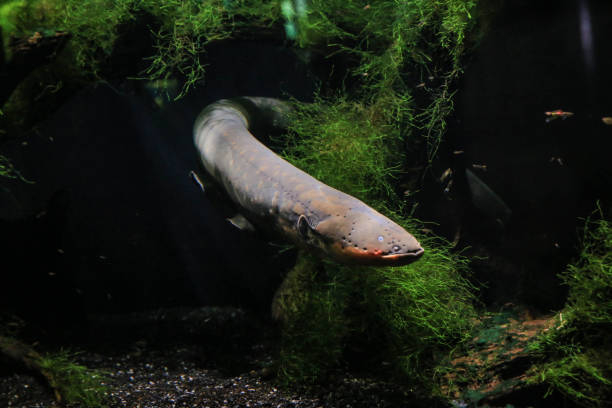Which undersea creatures are known for making electricity?
Certain fish generate electricity to either kill or protect themselves. The electric eel, a long-bodied South American fish, may grow to be 9 feet (2.75 meters) long and weigh about 50 pounds (22.7 kilograms). The electric eel swims across slow-moving water in search of prey. It needs to emerge to the surface every few minutes because it breaths air. The electric eel's organs are formed of electric plates that span the length of its tail, which accounts for the majority of its body length. This toothless eel stuns its food with electric shocks, most likely to protect its mouth from the struggling, spiny fish it is attempting to devour.
The eel shocks the fish with a series of quick electrical charges, briefly paralyzing it so the eel can swallow it. The electrical charge can range from 300 to 600 volts, which is enough to startle a human. Electric rays feature two kidney-shaped organs that create and store power in the same way as a battery does. A huge Atlantic torpedo ray may deliver a 220 volt shock to paralyze its target before devouring it. Electric rays utilize their electric organs to communicate with one another as well as to shock potential victims and dissuade potential predators. The electric catfish of Africa, like the rays, delivers an electric shock of up to 400 volts, which it employs for self-defense and prey capture. Mormyrids, which dwell in murky waters in West Africa, use electrical impulses as a type of radar to navigate and find food.














